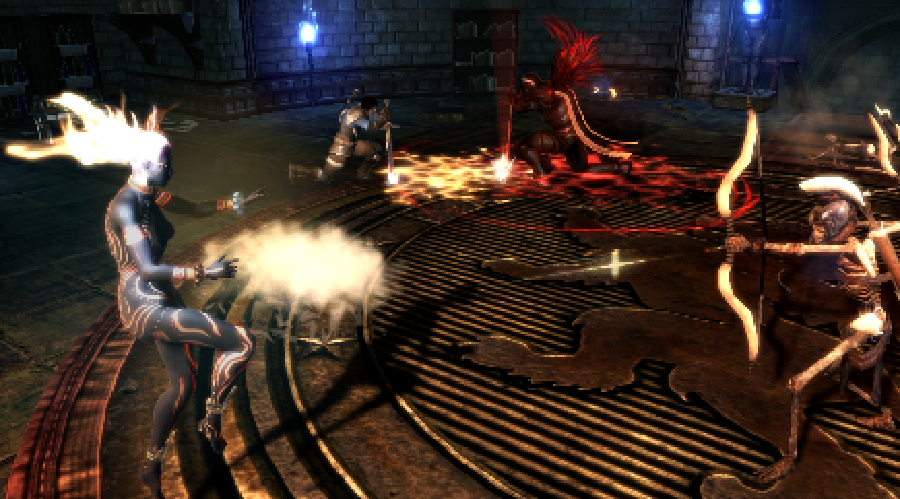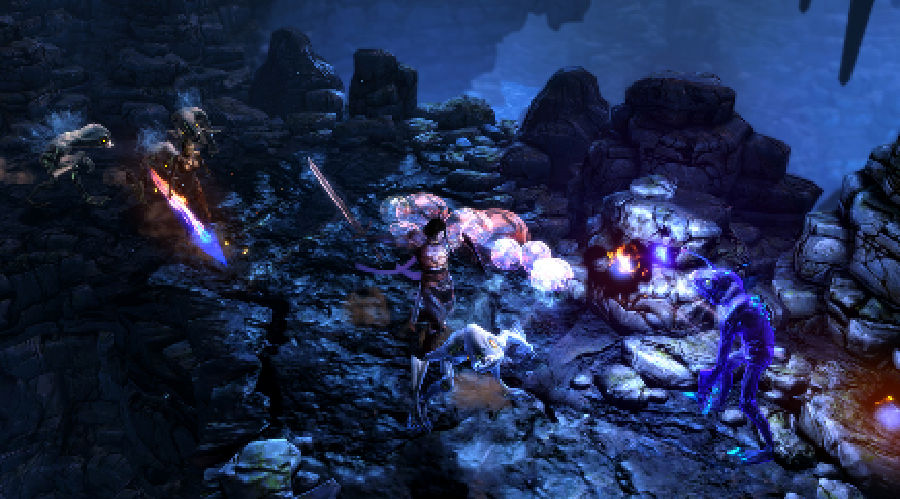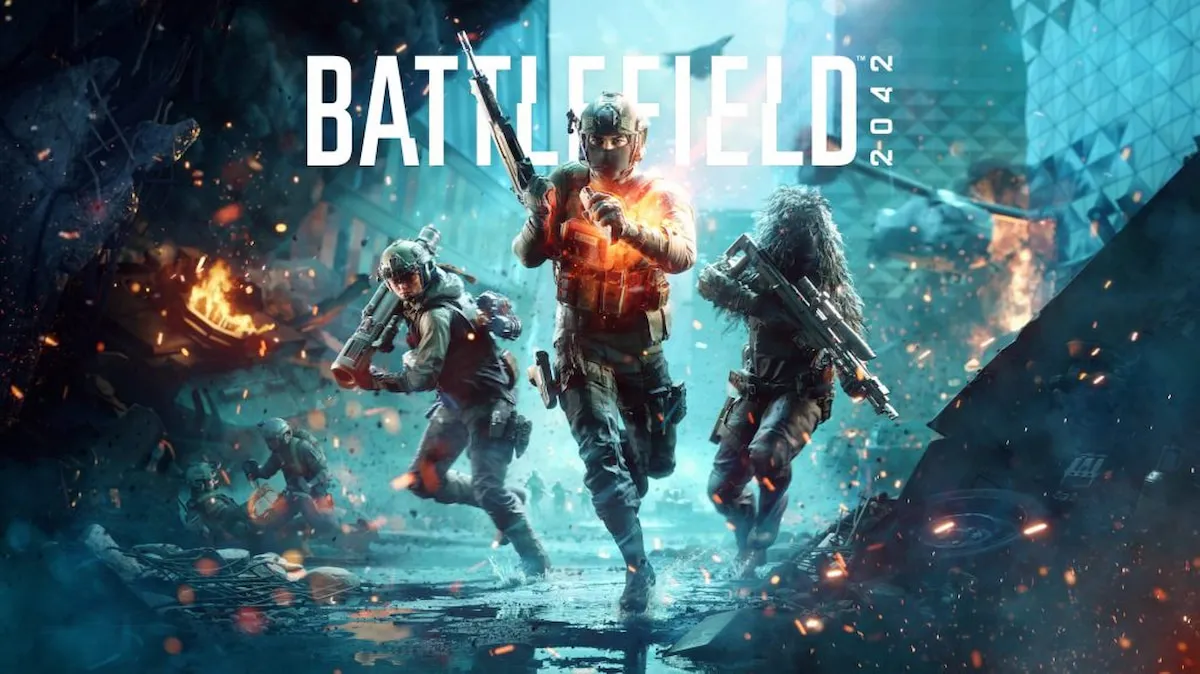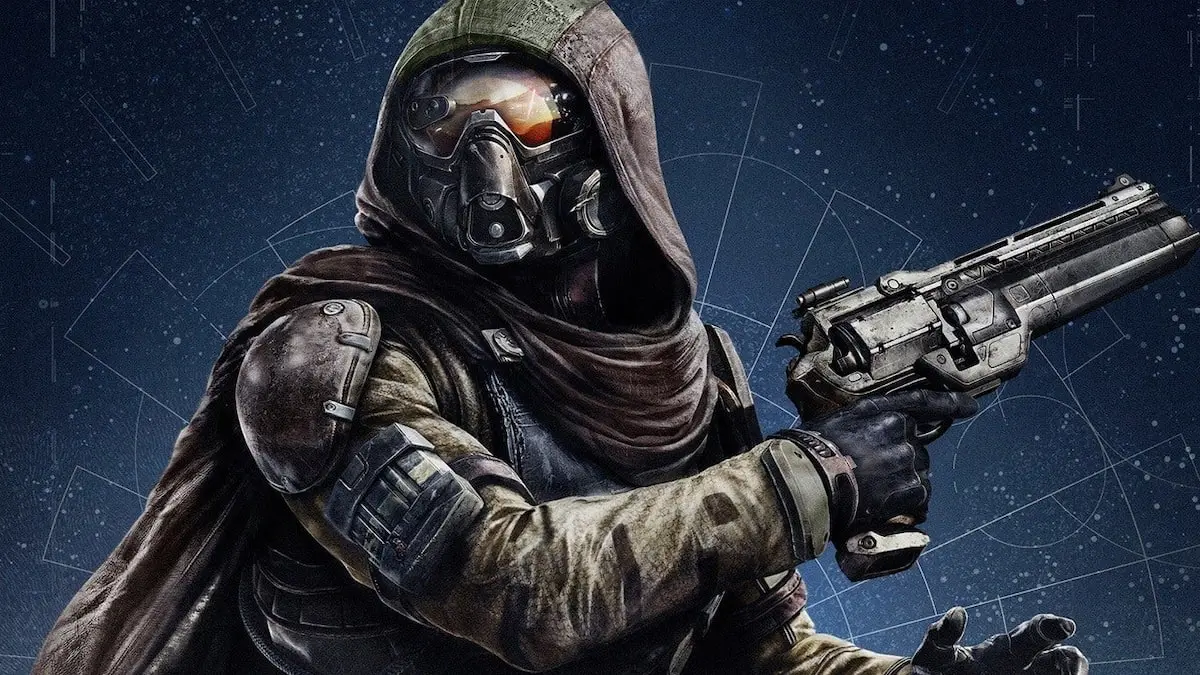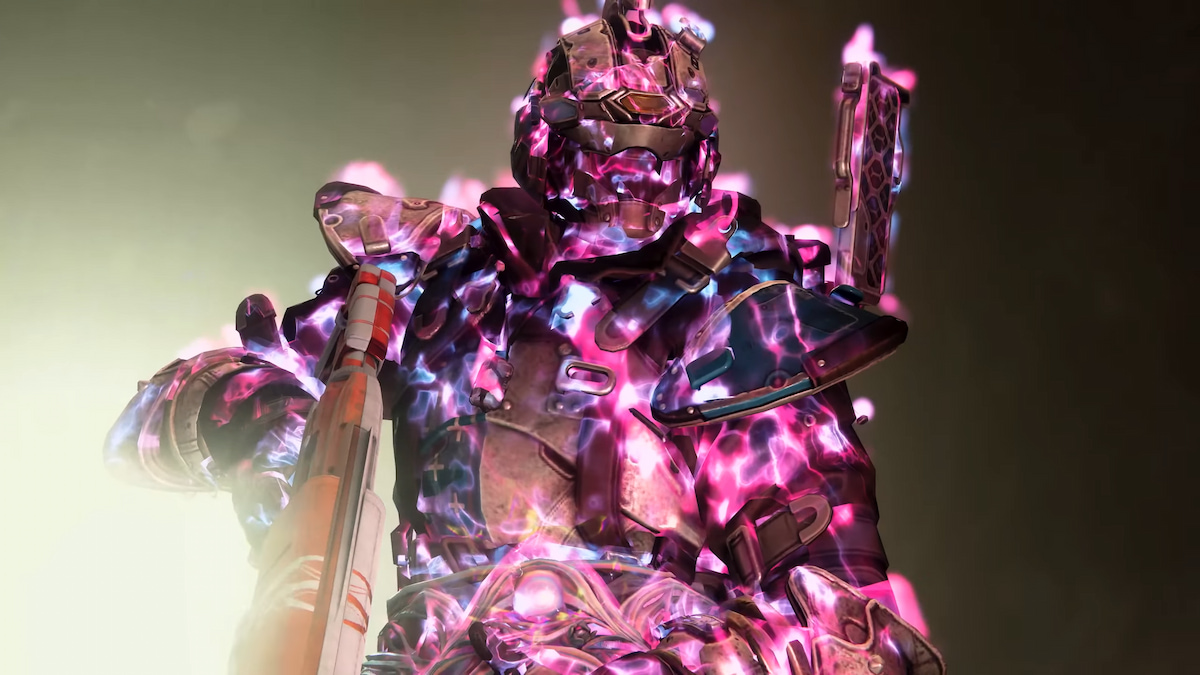Addiction can be a tricky business, no one wants to go cold turkey, so when the hugely enjoyable Fallout: New Vegas was released, fans of the Obsidian produced game were understandably exasperated when their gaming experience was cut short by technical glitches and crashes.
Here, Prima chats to Obsidian project director Rich Taylor about their next creation, Dungeon Siege III, how it fits into the Dungeon siege series, what they’ve accomplished using their new in house game engine, and what they’re doing to address those crashes.
Prima: Should it even be called Dungeon Siege III? It feels like a reboot.
Rich Taylor: Yeah. It’s funny because we’ve actually talked about that on and off over time. Is it really Dungeon Siege III, or is it a re-imagining or a reboot of the Dungeon Siege experience? Square Enix decided they wanted to go with Dungeon Siege III as the title so that’s what we’ve stuck with, and we’re fine with that.
But you raise a good question. With venturing onto two new platforms with both the PS3 and the 360, another direction could have made sense for the title as well.
Prima: This is the first game to be built using Obsidian’s in-house engine, Onyx. How will gamers benefit from that?
Rich Taylor: On our previous titles we’ve always worked with other people’s engines, and while they’ve been great engines and we’ve enjoyed those projects and they did the job for what we needed, there’s always that challenge of working on something other people wrote and not being fully aware of what can it do, what can it not do, what are things to avoid, and what are ways to take best advantage of it?
And then there’s also the question of, are these other engines ideally suited to making the type of games we make? RPGs have a lot of data behind the scenes, a lot of tables and charts, and not all engines necessarily handle that as elegantly as we’d like for making our RPGs.
So we decided as a company we wanted to develop our own technology that was focused on the type of games we made. So it’s good at managing the data and putting a lot of creatures on the screen. It has a lot of tools for designers to rapidly develop the class features.
For example, the abilities the classes have in the game are largely implemented by the designers without a lot of code oversight because they’re able to manipulate data, attach visual effects to animations and link animations together. The end result is the designer can sit down with an idea for an ability and see it to fruition.
Another thing that is important to the games we make is the conversation editor, which lends itself to Obsidian-style conversations with branching dialogues and the choices. So by setting out to make our own engine we were able to make one that catered to all the things we prioritize when we make games. Having Onyx as an internal project has been great in that regard.
Prima: Did the decision have anything to do with the experience Obsidian had creating Fallout: New Vegas, which had well-documented technical problems?
Rich Taylor: Stability and being bug free are extremely high priorities on this project, and we actually talk about it internally constantly. The advantage here we have over, for example Fallout, is when we have a question about how something works, I walk 10 feet outside my office door and go talk to the programmer who wrote it.
That’s a lot different than trying to get someone on a mailing list, or get someone on the phone who’s in a different time zone or across the country. Those sort of things have made it possible for us to stabilize things and keep things working as well as we like.
It’s really made a difference on the development of this project. We’ve been running on consoles on the 360 and the PlayStation pretty much throughout the length of the project, so we’ve been staying within memory budgets, mindful of performance issues. So there’s no last minute, oh, does this actually run on the PS3? Or, are we stable on the 360?
We actually had one of our internal tools developers spend a lot of time engineering crash reporting into the engine so internally, literally when anyone runs into a crash the game will shut down, it will generate a report, it will provide a stack dump and it will put it into a database, and we can be very diligent about tracking those things and solving them.
So we actually almost never have mystery crashes where we’re just stumped. That’s a common thing that can plague games in development. It’s like, well, we don’t know why it crashed. It only happens in QA, or it only happens on non-programmer machines.
Here we have the advantage of, no matter who runs into a crash issue, we’re able to get it up on the screen with a stack dump and look at it and peel back the information on it, and identify exactly what happened and get it fixed. That’s been a change.
We also just recently finished introducing a memory utility that shows us what’s going on in memory at all times on the consoles. We can see where our memory is going. If we’re seeing a problem area we can immediately pull up some charts and spreadsheets and it will show us exactly where it is and we can go balance the numbers to fit within the console memory limitations.
Prima: Do gamers complain too much about videogame stability, crashes and bugs?
Rich Taylor: Well, no one wants to run into a crash. We’re gamers, too. I certainly go home and like to play other games that are out there. And when you run into a crash and it disrupts your experience, that’s not fun for anyone. We understand that. That’s why as the project director on this game I’m very militant about us addressing the crashes and memory issues.
Prima: I experienced crashes on Fallout: New Vegas on my Xbox 360.
Rich Taylor: Ah. That’s unfortunate.
Prima: That’s why I save in multiple save slots.
Rich Taylor: Yeah, that’s always the best thing to do. But yeah, we’ve actually run into the same thing. It’s not like we take home a copy that doesn’t crash. Any problems consumers are running into we have the same problem when we go home and play it. And we understand no one wants that. So yeah, we’re very serious about taking this project in a direction that emphasizes stability. We want everything to come across very polished. That’s one of our major focuses here.
Prima: I read online Dungeon Siege III has over 15,000 pieces of equipment. Is that true?
Rich Taylor: It is true. But you could say the same thing about other action RPGs that have procedural equipment generation systems. We didn’t have someone sit here and hand pick 15,000 pieces of equipment. But we have a loot generation system with a ton of combinations and a ton of variety of loot so players can customize and pick up the items that emphasize the stats or abilities they’re most interested in.
And of course with multiple player characters we do have equipment that is unique to the different player characters. That also builds up in terms of the sheer number of items the player could come across in the game.
We also have multiple tiers of quality. The player might get really lucky and find an item early on that’s a little bit stronger than what they would normally find in that region. So there are a lot of tiers. There are unique items for the different characters, and then there’s randomly generated loot.
So there are a mixture of items we have handcrafted we want to be rewards for the player: they defeated this specific boss, or they completed a specific quest, or they discovered a secret chest where we hid something very specific. But also when the player is chopping down the monsters, they’re going to see a lot of random loot generated they can decide if it’s an upgrade for them or it needs to go straight to the store.
Prima: The game is multiplatform. Is the PC version different in any way?
Rich Taylor: Yeah. There are certain things that are more PC-centric. The input and the controls lean more towards the PC. On the console it controls like a console game. You control your character with the analogue stick and the camera with the other analogue stick, much like most other single-player controlled games are when they come out on the consoles.
On the PC, though, players expect to be able to click and move their character around with the mouse and click on enemies. We’ll certainly have it control that way. The interfaces will be mostly the same. The stat comparison available on the console will also be there on the PC. And of course the PC lends itself to higher-resolution textures and visual presentation that we’re happy to take advantage of where we can.
Prima: Can you give us an example of the strategy a four-player co-op group will need to employ to take down a powerful enemy?
Rich Taylor: That goes back to the player characters themselves and what they’re good at. Some of them are designed as more of a ranged fighter, and some of them are designed as more of a frontline melee fighter. As players get together and encounter the different bosses and challenges, they’ll find certain tactics work better if they work together.
The ranged person stands back and avoids the projectile shots coming their way. The melee fighter gets in there and tries to keep the boss looking at them, and they’re able to do most effective damage in close. That’s the area players will find the most variety in how they can play together and work as a team.
Prima: Comparisons with Diablo III are inevitable, but are they fair?
Rich Taylor: People will find they’re two completely different games. With Dungeon Siege you’re going to feel like you’re playing an Obsidian RPG in terms of story. You’re going to meet NPCs that have quests for you. You’re going to have branching dialogues. You’re going to have influence with your AI-controlled companions, similar to what we’ve seen in out other games. So you’re going to see a lot of the Obsidian-style RPG mechanics present in Dungeon Siege. It’s going to feel more like that.
So while we do have some similar mechanics to Diablo – we have the randomly generated loot – that’s really about where the similarities stop. Outside of being a game where you can get a lot of loot and level up and kill monsters, they don’t have a lot in common, and people will see that when the game comes out.


